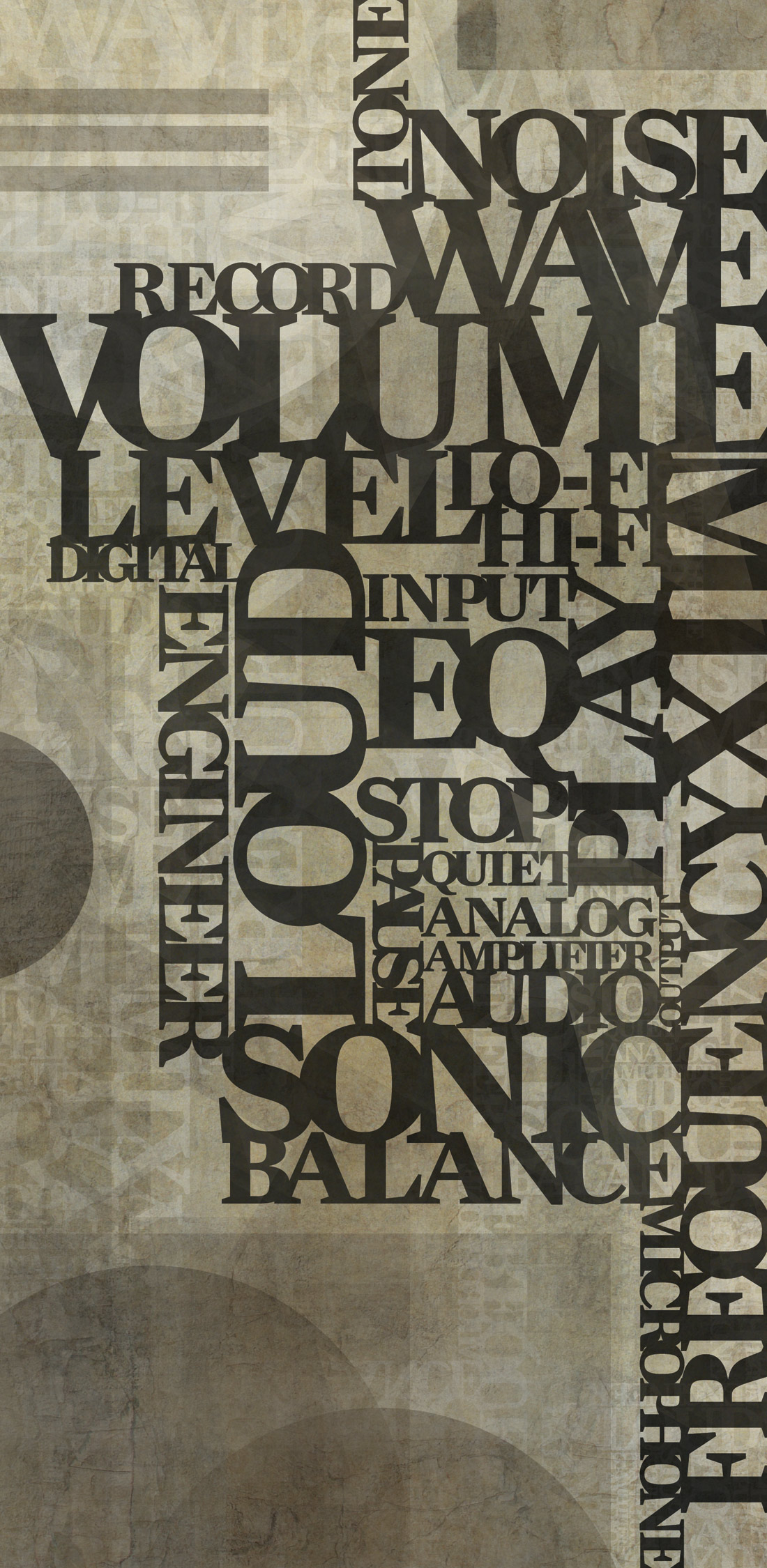We recently added a Pro Tools HD rig to our studio, and an unexpected hitch was that the pre-"VT" Lynx Aurora 16 interfaces we bought don't have trimming capabilities. Since we often track to tape and then dump to digital for mixing, I immediately realized that any signal with a healthy level on tape was too hot for the Aurora's converters. I was a little bummed that I'd have to run these signals through the console just to knock off a few dB, since that meant going through an unwanted gain stage. Soon thereafter, I became aware of a new Little Lab product, the Redcloud 8810U8ERS. (Get it?) Jonathan Little excels at providing unique and handy solutions to engineers' everyday problems, and his newest contribution is no exception. Jonathan claims the idea for the device came when Don "Redcloud" Smith (Rolling Stones, Bob Dylan) asked for a simple way to attenuate the output of his favorite mic preamps, which he liked driving hard but were putting out too much signal for his digital interfaces. Visually, the Redcloud fits right in with other Little Labs products; it has the same sleek white-on-black screening and bulletproof 1/4-rack enclosure as the IBP, PIP, and Redeye. The eight little knobs control finely-detented pots (with 31 positions, to be exact), and there are four switches for turning the odd-numbered pots into stereo masters for the odd/even pairs (i.e., the 1/2 switch gives knob 1 control over channels 1 and 2, and thereby makes knob 2 inactive). The back of the box has only two DB25 connectors for the unit's I/O; there's no power supply cable, since the Redcloud is 100% passive! That's a good thing, because it means less to get in the way of the signal passing through it. Also, Jonathan chose 5k Ohm potentiometers, because he feels like any higher impedance would start affecting the high-end transmission capabilities. Back to the DB25 connectors for one second. In the first place, they're essential, given the box's diminutive size, but also, it reduces your interconnect costs significantly. One gold-pinned DB25 connector, which handles eight channels of balanced audio, sells for just over a buck at my local electronics store, compared with the higher cost of eight quality XLR or TRS plugs. I also happen to find soldering a single DB25 a hell of a lot faster than eight separate connectors, once you get the technique down. (Hint-it's all in the prep!) If you don't solder, there are now many commercially available snakes with D-sub connectors. To hear how the Redcloud sounded, I compared it to the active Monitor Trim control on my AMEK Einstein. The Redcloud sounded much better, that is to say, much more like the original signal. By comparison, the AMEK had less high-end clarity and a slightly tubby low-mid boost. In addition to the great sound of the Redcloud, I was impressed by the functionality of the potentiometers. First off, the detents allow for near-perfect recall. Also, the taper is very useable, since it's logarithmic, meaning that near the top end of its range, dB changes are very small, and as you go down, each detent does more work. Plus, the tolerance between all eight pots is very small. I set all eight pots to ten clicks down, and they were all within 0.1 dB of each other! Stereo tracking is also very good; when in stereo mode, the left/right pairs stayed within 1 dB of each other throughout the full range of the pot, and in the upper ranges, where you are more likely to use them, it was closer to 0.2 dB. The only two drawbacks are that the knobs are small and close together, and since they're detented, they're not good for fades, but those are very minor issues. Did the Redcloud solve all my problems? Well, it solved eight channels of problem, now I just need two more "packs" and then my MTR-90 and Auroras will live in perfect harmony. Plus, I can use them in all sorts of other scenarios, wherever one device is putting out too much signal for the next. You can even wire them to run eight unbalanced stereo signals. The Redcloud is an elegant solution for anyone needing transparent attenuation. ($350 street; www.littlelabs.com)
April 2017: Larry Crane adds an update to Eli Crews original review
Eli Crews did a great job of explaining this 8 channel attenuator eight years ago. What I find interesting is how, many years on, I have found my go to uses for a product. One of the main things I use this for is adjusting the volume when sending mixes or background music to the speakers in my live room. It allows me to feed the power amp straight from a source (or mult from the Dangerous Monitor ST) and control the levels. I also use it when dumping sessions from tape to Pro Tools when a track is hitting too hard, like kick drum, and clipping. Totally hand, totally passive, and very clean!
-LC




_disp_horizontal_bw.jpg)